
South Australian Medical Heritage Society Inc
Website for the Virtual Museum
Home
Coming meetings
Past meetings
About the Society
Main Galleries
Medicine
Surgery
Anaesthesia
X-rays
Hospitals,other organisations
Individuals of note
Small Galleries
Ethnic medicine
- Aboriginal
- Chinese
- Mediterran
William Henry Bragg and Lawrence William Bragg
John Jenkin
John Jenkin is the definitive biographer of the Braggs and author of the much-acclaimed William and Lawrence Bragg, Father and Son (Oxford University Press, 2008)
Early X-rays in South Australia
X-rays were discovered by Professor Wilhelm Röntgen, at the University of Würzburg in Germany late in 1895. Like many others, he was studying the ‘cathode rays’ (electrons) emerging from the negative disc or ‘cathode’ in a sealed glass tube containing air at low pressure and two metal electrodes connected to a source of high voltage. Covering the tube with black cardboard to mask the colourful fluorescent glow of the tube, Röntgen was fortunate to notice that some crystals on a distant bench were glowing. Mysterious rays were apparently emanating from the tube and travelling across the laboratory. He investigated the startling phenomenon very thoroughly and reported his findings to the local Physical-Medical Society in December 1895 and March 1896. Because the nature of the new rays was unknown, many people called them X-rays; others named them Röntgen rays.
Röntgen noted that the rays could penetrate solid materials, illustrated most dramatically when a hand was placed between the tube and a fluorescent screen and the bones could be seen within the flesh. He also reported that photographic plates responded to the rays but the human eye did not, that unlike visible light the rays could not be reflected, refracted or polarised (they were later), that unlike cathode rays they could not be deflected by a magnet, and that the air became an electrical conductor when the rays passed through it.
News of the discovery travelled around the world very rapidly, even in 1896. For readers of English, the British journal Nature published a translation of Röntgen’s first paper on 23 January 1896. The ability of X-rays to see through solid objects aroused both enormous excitement and deep fear. The consequent medical potential was understood at once. In Australia, the first brief press report appeared in Sydney’s Daily Telegraph on 31 January 1896, and soon thereafter in other capital city newspapers.
The question of who undertook the first experiments in Australia has been a source of interest and dispute ever since. Certainly there were many attempts during 1896, and a booklet published by W. Watson and Sons in 1946, on the 50th anniversary of Röntgen’s discovery, discussed most of them. When Australia Post commemorated the centenary of X-rays in 1995, however, it gave the accolade to three: Professor Thomas Lyle at the University of Melbourne, Walter Filmer, a Newcastle electrical engineer, and Father Joseph Slattery at St Stanislaus College in Bathurst, NSW. But does it really matter? Years later, William Bragg said, ‘no scientific discovery before or since that of Röntgen in 1895 has excited so much immediate and universal interest’.(see fig. 5)
William Henry Bragg, aged just 23, had arrived in Adelaide early in 1886 (see fig. 1). Selected in England as the new Adelaide University Professor of Mathematics and Experimental Physics, he had only recently graduated from the Cambridge Mathematical Tripos with a first-class BA degree. He had not yet taught a course or conducted any research. It was a substantial gamble that was to pay off very handsomely. Soon after his arrival, William met and fell in love with Gwendoline, the third daughter of Charles and Alice Todd. They were married in 1889 and rented a fine house in North Adelaide (Fig 2). Two sons (Lawrence and Robert) and a daughter (Gwendolen) followed.
Public or ‘extension’ lectures began at the University of Adelaide in 1877, during only its second year of teaching; but they declined and were replaced in 1885 by regular evening courses. William Bragg taught such first-year subjects in addition to his huge load of daytime teaching. A decade later the university responded to requests from both the city and the country by appointing an Extension Lectures Committee, including Professor Bragg, and the scheme of mid-year public lectures was resurrected.
In 1895, four series of lectures were presented by the university professors, including Professor Bragg on ‘Radiation’. William was already a well-known public lecturer, his successor Kerr Grant describing him as ‘an acknowledged master, with the gift of simple yet inspiring oratory, and the power of clear and vigorous expression’. His lectures involved subjects he had studied at Cambridge and that he had come to love because of their popularity and their ease of illustration by diagram and experiment: the wave theory of radiation, light, colour, heat, ‘electric waves’ (radio), and more.
In 1896, with electricity becoming available to the public, Bragg planned to talk about ‘The elementary principles of the electric transmission of power’; but at the last minute he changed to four lectures on ‘The electrical discharge and its latest development – Röntgen rays’. The Register newspaper had first reported on the new rays in February, but early Adelaide experiments had been unsuccessful. Mr Barbour had brought back evacuated tubes from overseas but lacked a suitable supply of high-voltage, while the tubes made at the university by Professor Bragg’s expert mechanic, Arthur Rogers (see fig. 3), had inadequate vacuum inside. From May onwards, however, the two came together in lectures that were so popular that William had to repeat them.
His first lecture was devoted to the fundamentals of electricity, the second and third to the colourful effects of a gas discharge, and the last to X-rays. Successful tubes were provided by Barbour, Rogers and commercially, and Charles Todd and the GPO supplied a suitable source of high voltage (induction coil) until a new one could be purchased from England. Other lectures followed: to Our Boys Institute in Adelaide, the North Adelaide Young Men’s Society, the annual teachers’ conference, the Mount Barker Institute, and elsewhere. All were extensively reported in the press; for example, in the Register from late-May to early August 1896. All were hugely successful, with many X-ray photographs being taken to the delight of the audiences. The medical profession quickly took up the technique, not least William’s brother-in-law, Dr Charles Todd (junior).
Professor Bragg did not pursue the phenomenon of X-rays further; and when he decided later in Adelaide to investigate the detailed nature of radiation (waves or particles or what?), he used gamma-rays from a radioactive sample as his radiation source. But he did use X-rays on one other specific occasion, and that was to have extraordinary implications later. William’s elder son, Lawrence, tells us what happened in his autobiographical notes:
When I was six [in 1896], I had an accident, which might have had worse results if it had not been for the skill of my doctor uncle (Uncle Charlie Todd). We used to play in the afternoon in the square at the centre of North Adelaide, and once when I was riding my tricycle Bob jumped on behind and upset me. The weight of both of us fell on my left elbow, which was smashed into numerous pieces … I must have been one of the first patients to be X-rayed in South Australia … my father set up a tube worked by an induction coil, and he took radiographs of the broken elbow … I was scared stiff by the fizzing sparks and smell of ozone … The family doctor, Dr Lendon, thought the smash to be beyond repair and could only advise that the arm be allowed to set stiff in the most useful position. Uncle Charlie, however, determined to do better. Every few days I was put under ether, and the doctors flexed the arm backwards and forwards so as to coax a new joint to form. How I hated these occasions! … The treatment was successful, and left me with a very useful left arm, although it is out of straight and [a little] shortened. [Lawrence was fortunately right handed.]
One can only marvel at the crudity of the procedure, the young boy’s fortitude behind his screams, and the success of the outcome.
Sixteen years later, in England, William and Lawrence Bragg (see fig 6) would again become intimately bound together by X-rays, when Lawrence discovered – and he and his father collaborated to pioneer and dominate for fifty years – the new scientific field of X-ray crystallography. Together they would win the 1915 Nobel Prize in Physics for discovering how to use X-rays to uncover the detailed arrangement of atoms in an extraordinary range of sold crystals and other materials. Samples ranged from the simple structure of common salt (in 1913) to the complex structures of DNA, proteins and an enzyme (in mid-century), to many organic and inorganic compounds, and more recently to moon rocks and other geological specimens and an extraordinary range of important biological molecules. From small seeds giant trees grow!
John Jenkin.
Melbourne, May 2010
Further reading
There are many sources of information on X-rays. Consult the Internet (Wikipedia on X-rays, and references therein, is a good starting point), or library catalogues (under keywords ‘X-rays and history’, for example). For Australia, W. Watson & Sons’ book, Salute to the X-ray Pioneers of Australia (Sydney, 1946) is a good general introduction, and H. Hamersley’s ‘Radiation science and Australian medicine’ (Historical Records of Australian Science, vol. 5, 1982, pp. 41-63) is a detailed account.
For the Braggs, see John Jenkin, William and Lawrence Bragg, Father and Son (Oxford: Oxford University Press, 2008), which gives extensive attention to their Adelaide years. For more, see G.M. Caroe, William Henry Bragg, 1862-1942: Man and Scientist (Cambridge: CUP, 1978), and J.M. Thomas and Sir David Phillips (eds), Selections and Reflections: The Legacy of Sir Lawrence Bragg (Northwood, UK: Science Reviews, 1990).
Illustrations
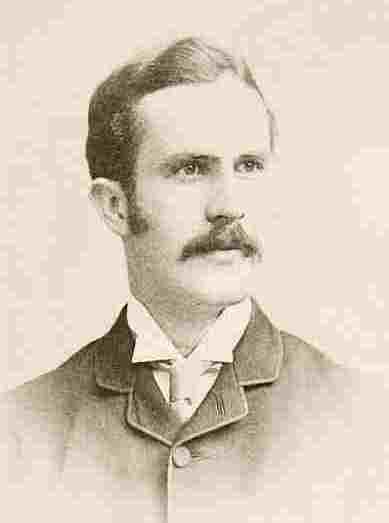
Figure 1: Professor William Bragg, soon after his arrival in Adelaide (Courtesy, Mrs E Wells).
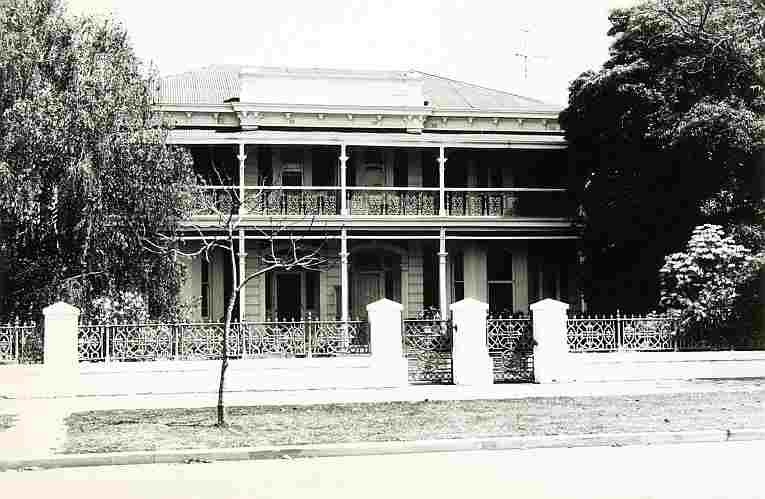
Figure 2: Semi-detached house (R), corner of Lefevre Terrace and Tynte Street, North Adelaide, rented by William and Gwendoline Bragg after their marriage and where their two sons were born (Courtesy, Mr R M Gibbs).
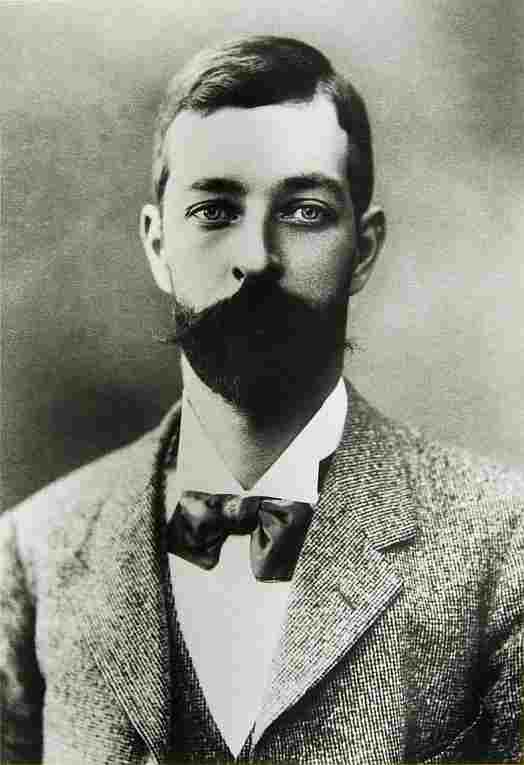
Figure 3: Professor Bragg’s expert mechanic, Arthur Rogers, Christmas 1894 (Courtesy, Mr E J Rogers).
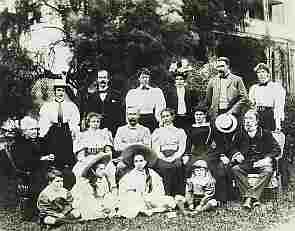 Figure 4: Todd family at Adelaide Observatory, West Terrace, 1897: William Bragg back row left, wife Gwendoline in front of him, sons Lawrence (L) and Robert (R) front row, Alice (L) and Charles (R) Todd middle row (Courtesy, SLSA: B 28760).
Figure 4: Todd family at Adelaide Observatory, West Terrace, 1897: William Bragg back row left, wife Gwendoline in front of him, sons Lawrence (L) and Robert (R) front row, Alice (L) and Charles (R) Todd middle row (Courtesy, SLSA: B 28760).
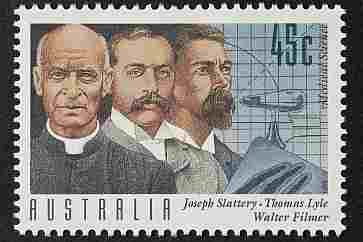
Figure 5: Australia Post stamp celebrating ‘pioneers of radiology in Australia’, issued in 1995 as one of a set of four stamps commemorating outstanding Australian medical scientists (Courtesy, Australia Post).
.
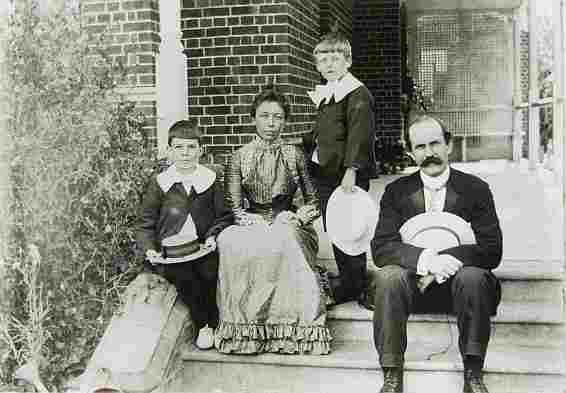
Figure 6: Bragg family in front of their new Adelaide home, corner of East Terrace and Carrington Street, circa 1902, now the Public Schools Club (Courtesy, Dr S L Bragg)
-o0o-